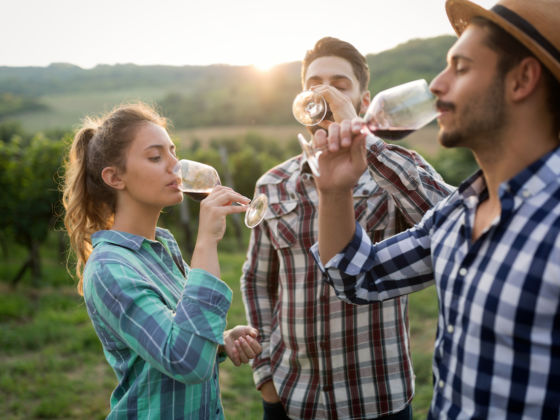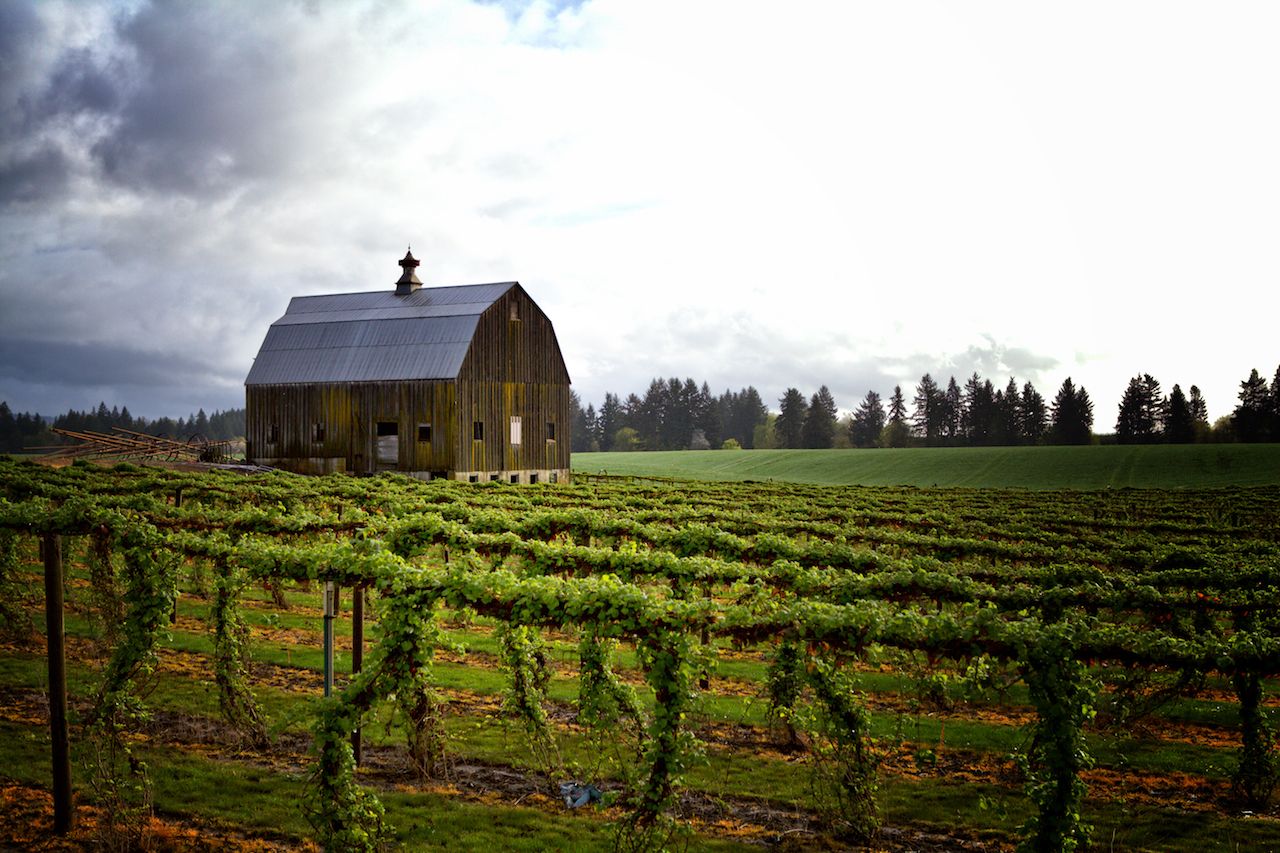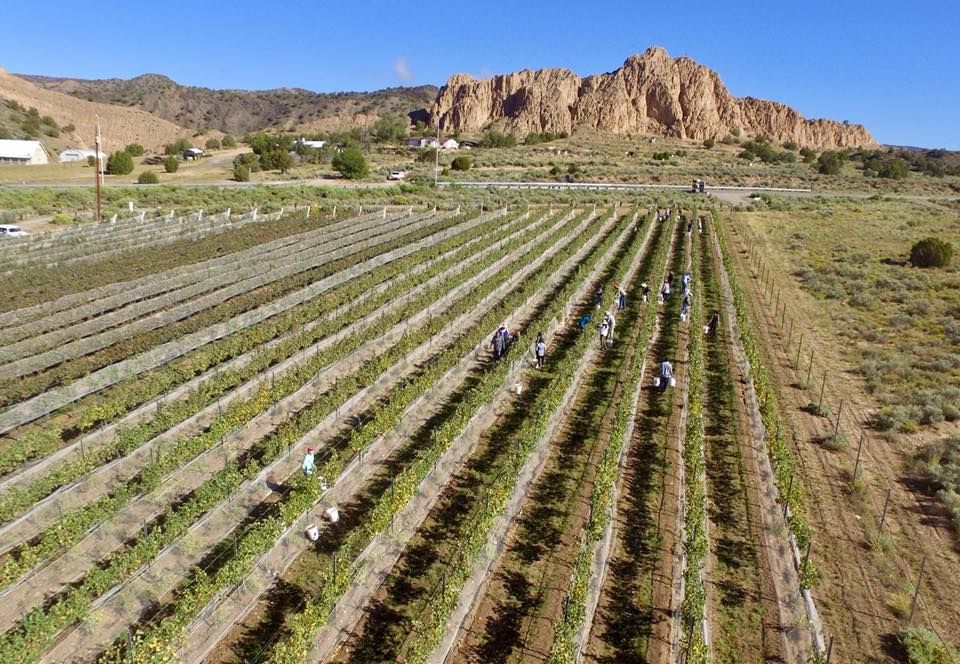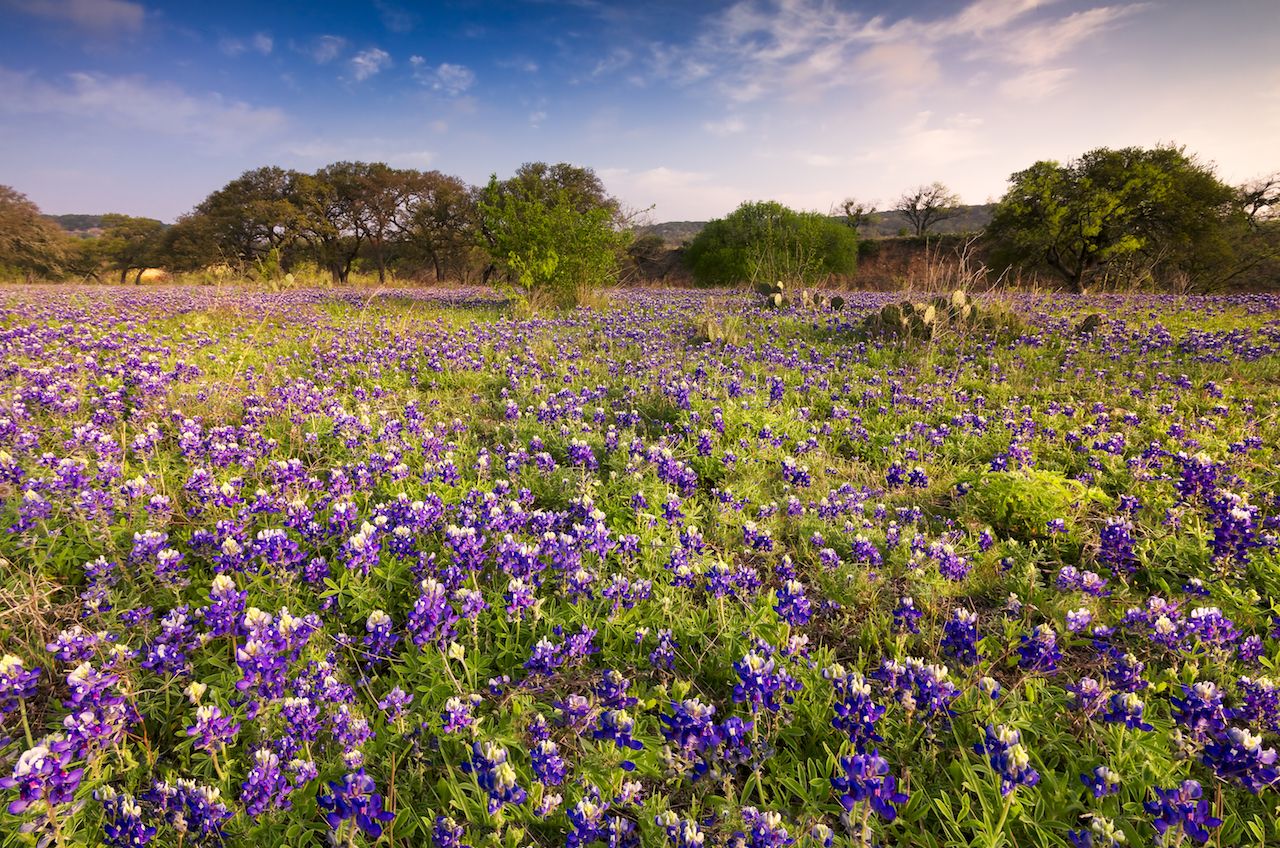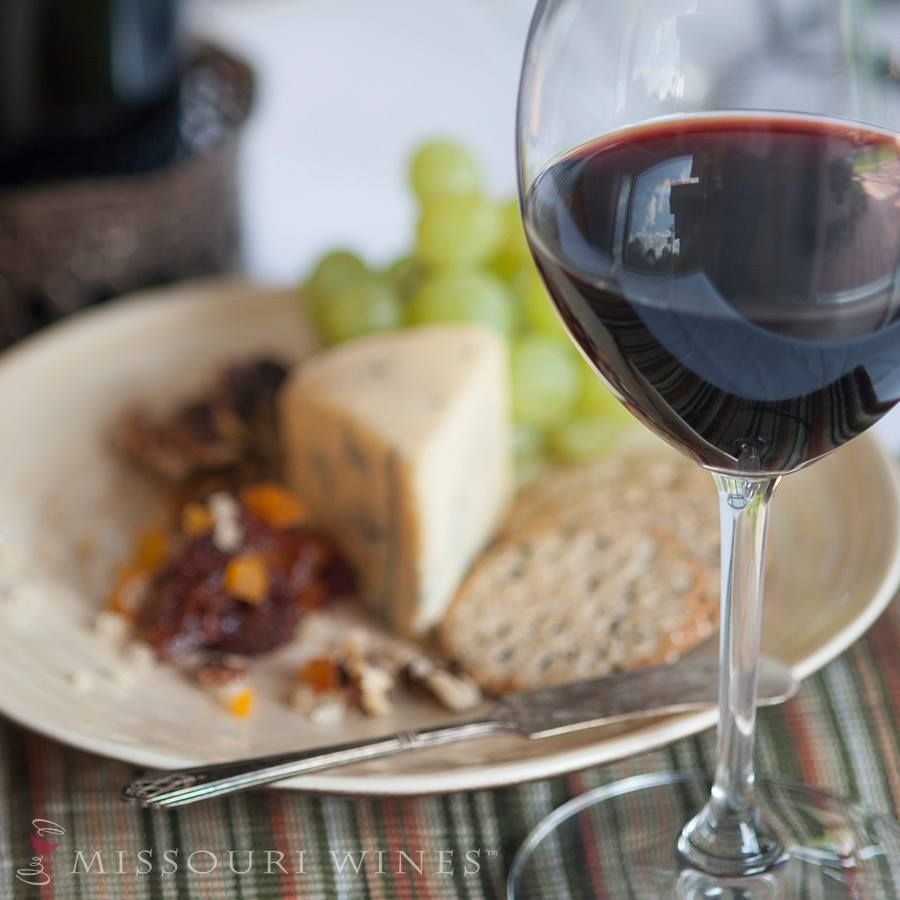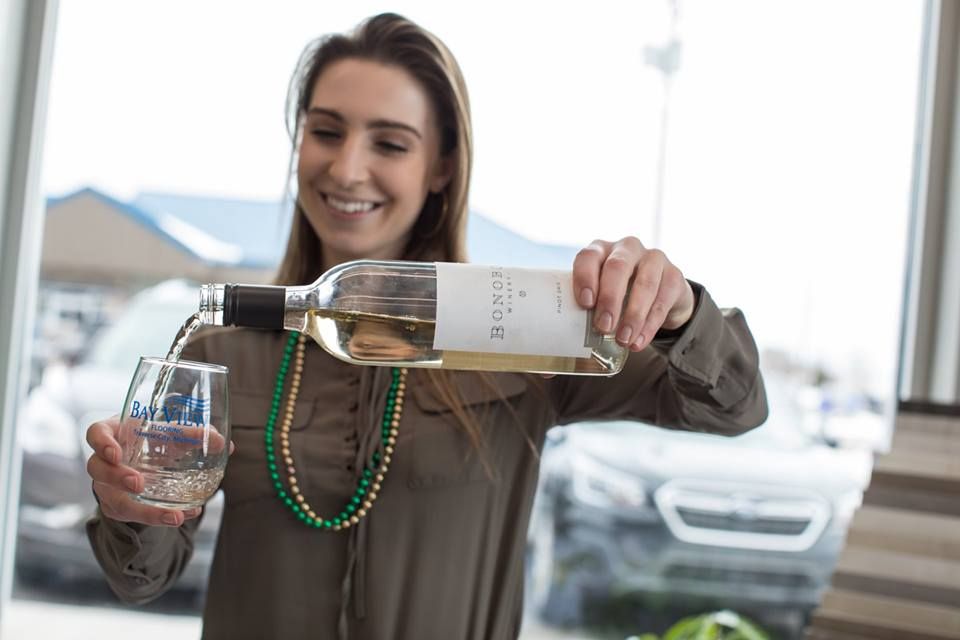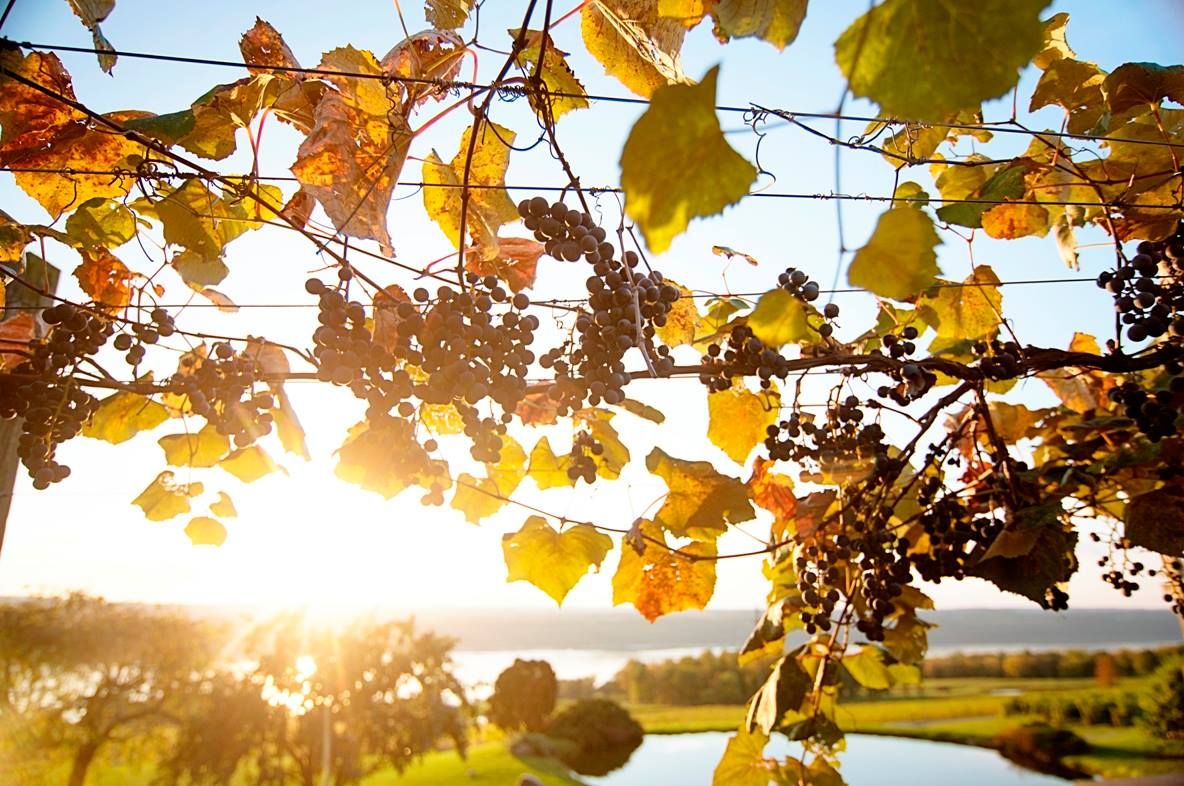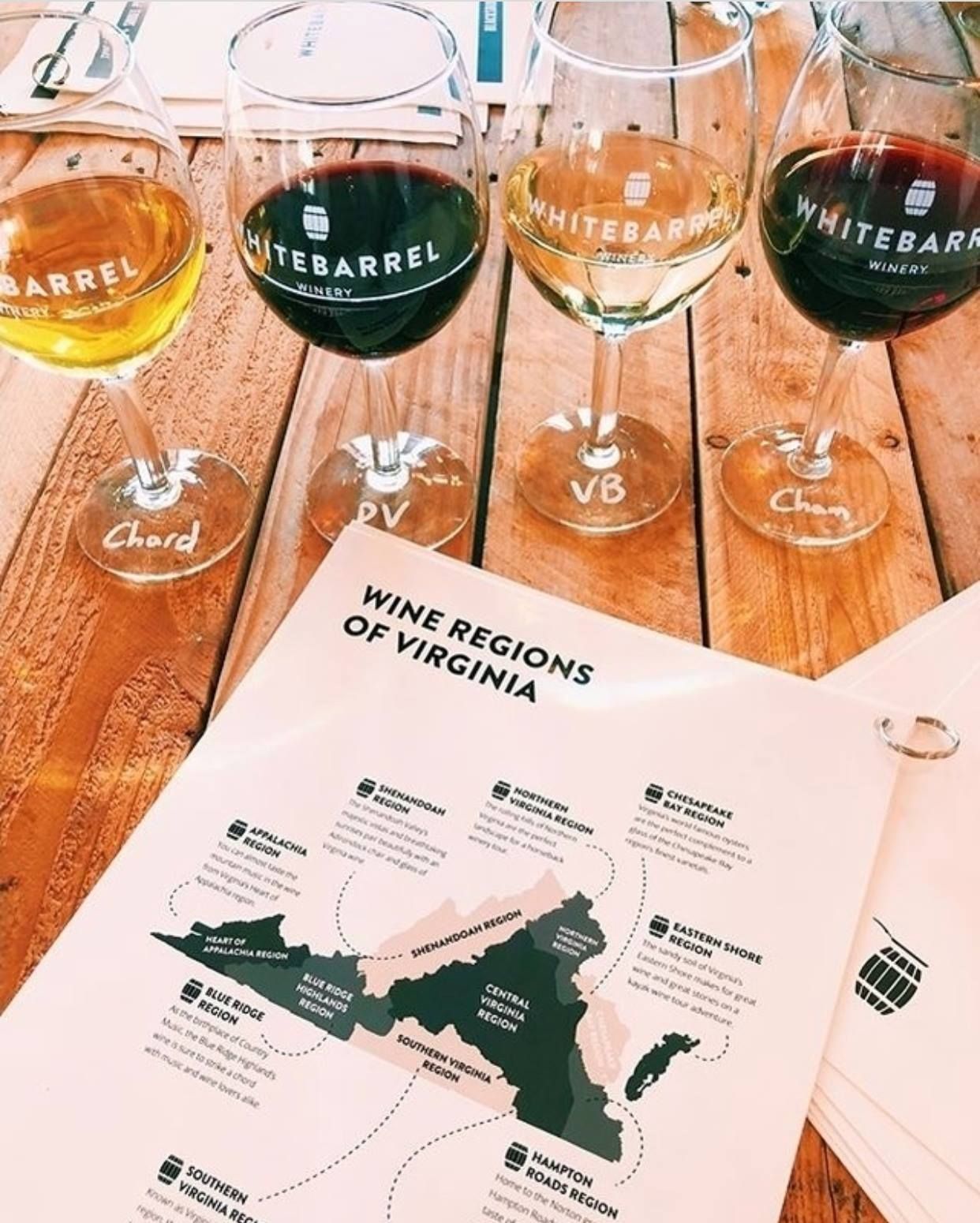California may be the flagship of wine tasting in the US. but there are other regions just as ripe for the sipping. Award-winning wines are being produced in many other states and frequently sell out to wine clubs, locals, and tourist markets before they can be exported to the wider US market. Thanks to these smaller producers, the country is dotted with wineries where one can experience wine tastings on par with California’s big guns.
Here are nine of the best places to go wine tasting in the US that aren’t in California.
